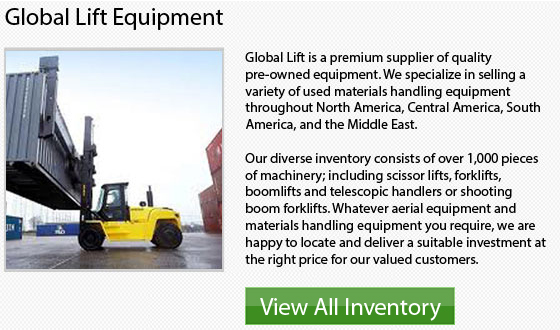
There are actually certain types and classes of forklifts existing on the market. Once you have become familiar with the numerous models, it is easier to understand you lift truck application needs before picking one.
It is essential to know what types of jobs you would require the forklift for and what precisely you want the lift truck to carry out for you. Like for example, will the lift truck be utilized outdoors or indoors? Would you prefer an electric unit or an ICE or Internal Combustion Engine unit? If an ICE unit is the preferred choice, the next factor must be whether to purchase gas, liquid propane or diesel.
Knowing whether or not a brand new or used unit is the best choice is one more consideration to make. It is vital to narrow down what exactly you require from your lift truck so as to help ensure you make the correct purchase. Additionally, knowing these preferences will help the dealer provide the right match for your application requirements. There are a few key factors to think about before purchasing.
The main considerations will typically comprise the lift truck lift heights and capacities. Will the operators be using the machinery to wrap and place cargo? Working in confined spaces? Filling out any kind of paperwork? Will the operators need more visibility? Will they be picking up debris? Are the forklifts equipped with the right tools or attachments to get the job done correctly? This last question is a great idea to check into if you are presently working with a fleet as well.
Yale closely monitors their electrical and natural gas usage to guarantee wise management of energy consumption. The efficient energy management really reduces pollen, helping make their operations very cost competitive because they try to reduce their carbon footprint wherever possible. For instance, they use energy efficient LED lights for overhead and task lighting and with their sensors in order to eliminate extra energy consumption.
To reduce energy consumption, Yale uses specific measures to re-use energy. Their plant in Berea, Kentucky has been undergoing the processes and renovation in recent years to get rid of air conditioners, electric boilers and natural gas heaters. Instead, the plant is able to re-use the heat produced in their internal painting methods.